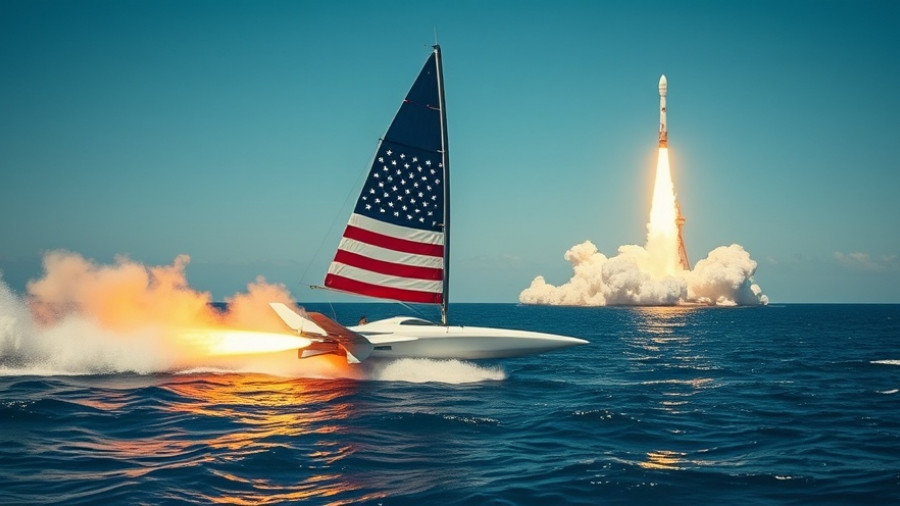
The Exciting Developments in the OPC Program
The U.S. Coast Guard is making waves with its recent decision to exercise options worth $314 million with Austal USA for the Offshore Patrol Cutter (OPC) program. This step not only supports the construction of three additional cutters but also emphasizes a strong commitment to national security. The OPCs are designed to navigate the vast maritime frontier, conducting a variety of missions including law enforcement and search and rescue operations.
Building a Stronger Sea Presence
The Offshore Patrol Cutter, measuring an impressive 360 feet, is poised to play a crucial role in the Coast Guard's presence in offshore waters. With the ability to operate beyond 12 nautical miles from shore, these vessels will enhance the Coast Guard's capabilities across several mission areas, reflecting the nation’s broader economic and military interests.
Why the Coast Guard's Investment Matters
Investing in the OPC program isn't just about acquiring new ships; it's about ensuring the safety and security of maritime activities in the U.S. and beyond. Austal USA's President, Michelle Kruger, expressed excitement about the continued partnership and how it underscores the efforts of both parties to meet modern maritime demands. These cutters will also assist with emerging needs in the Arctic, where regulation of commerce and energy exploration is becoming increasingly vital.
Future Prospects for the Coast Guard
As we look ahead, the OPCs are not just about today’s needs; they are a gateway to future advancements in maritime security. With potential deployments spanning up to 10,200 nautical miles and a remarkable endurance of 60 days, these ships are built for longevity and adaptability. They will serve as mobile command centers during critical missions, including disaster responses to hurricanes and mass migration incidents.
Emphasizing Community and Safety
These developments resonate deeply within communities across the nation, especially those that rely on a strong maritime presence for safety and security. Families and local businesses can take comfort knowing that the Coast Guard is equipped with advanced tools to protect them, underscoring the importance of grassroots support for such initiatives.
Ready for Tomorrow
The exercise of contract options for additional Offshore Patrol Cutters shows a forward-thinking approach to maritime security. By getting involved now, citizens can appreciate not only the sublime engineering that goes into these vessels but also the direct impact they have on their safety and the economy. It’s all about creating secure waters for generations to come.
As the maritime landscape evolves, staying informed about such significant advancements helps reinforce community bonds and understanding of the essential services provided by the Coast Guard.
 Add Row
Add Row  Add
Add 




Write A Comment